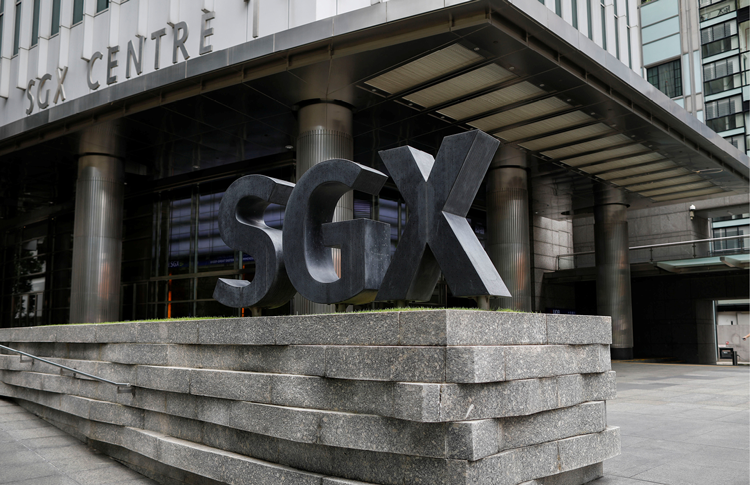
In September, the Singapore Exchange (SGX) announced it would allow the listing of special purpose acquisition companies (SPACs), as the city-state looks to attract more IPO listings. SGX, which has introduced a new framework, is hopeful the changes will create new opportunities.
HOW DO THE REGULATORY DEVELOPMENTS COMPARE WITH OTHER REGIONAL BUSINESS HUBS?
Mark Tan, a partner at Pinsent Masons says the new developments are far from unexpected, given “the sustained boom and success of SPAC IPOs in the U.S. in recent years.” Tan points to Asian unicorns like Gojek, Tokopedia and PropertyGuru expressing interest or taking steps towards a U.S. SPAC listing.
“By becoming what is arguably the first Asian regional business hub to approve a SPAC regime, there may potentially be some first-mover advantages for Singapore in doing so,” Tan says, but he adds that other competitors are not far behind. “Hong Kong is clearly well in the process of considering the introduction of its own SPAC regime, with the Hong Kong Exchange receiving increasing calls from market participants and the Hong Kong government to do so. Likewise, it also appears that another Asian regional hub, namely Japan, is similarly also considering introducing its own SPAC regime, and the country's Financial Services Agency, its Ministry of Economy, Trade and Industry and the Tokyo Stock Exchange are currently engaging in discussions on whether to proceed in this regard,” he says.
HOW SHOULD LAWYERS AND BUSINESSES PREPARE FOR THE NEW RULES?
Tan Boon Gin, CEO of SGX RegCo, says the exchange will be “engaging with market professionals on the rules.” The exchange is also partnering with the Singapore Institute of Directors to “provide training to future directors of SPACs on their duties and responsibilities,” he says.
Mark Tan says that lawyers and business should start by carefully considering “the specific content of the new rules that have been implemented under the SPAC regime and how these rules would affect the commercial viability of a proposed SPAC listing.”
“In its consultation paper on SPAC listings issued in March 2021, the SGX had outlined how it was considering imposing certain measures in its SPAC regime to mitigate the known risks associated with US SPACs, such as excessive dilution by sponsors and shareholders as well a rush by SPACs to find merger partners in short order. While some of the rules issued were ultimately eased from what was originally proposed in the consultation paper, certain measures to safeguard investor interests were still retained, and need to be carefully considered,” Mark Tan says.
HOW HAS THE MARKET REACTED TO THE PROPOSED CHANGES?
So far, the market has responded positively to the announcement. Mark Tan says market participants and other industry players have “warmly welcomed” the introduction of the new SPAC regime.
“The new SPAC regime, coupled with Singapore’s reputation as an international and well-regulated business hub is expected to help generate interest from sponsors and other market participants active in the region in pursuing SPAC listings in Singapore,” he says. “Additionally, as companies tend to need to achieve a fairly high valuation to garner interest in U.S. SPAC listings, it is thought that Singapore SPAC listings could be a viable option for companies with smaller valuations, but which are still seeking to tap into the capital markets to fund their development,” he adds.
Mohamed Nasser Ismail, head of equity capital markets at SGX, told ALB that appetite for Asian targets is “strong as this region has remained resilient despite global uncertainties and developments.”
SGX’s SPAC listing platform, Nasser adds, “is ideal for Asian investors and Asian targets. We are actively engaging with potential sponsors and are expecting a robust pipeline of Asian-focused SPACs.”
To contact the editorial team, please email ALBEditor@thomsonreuters.com.


